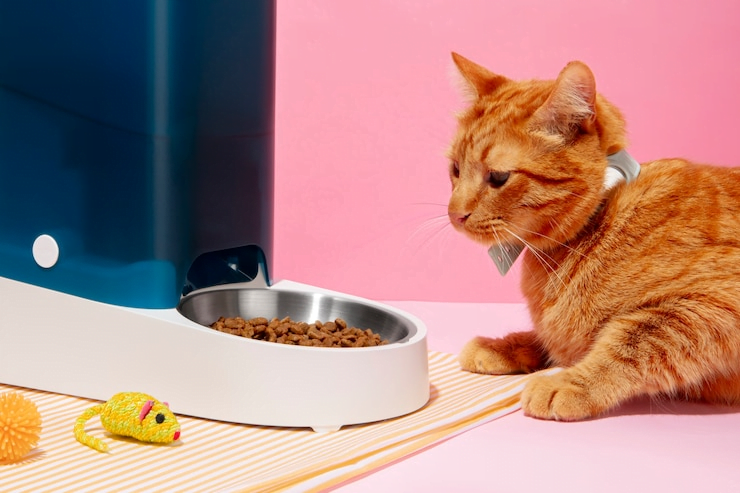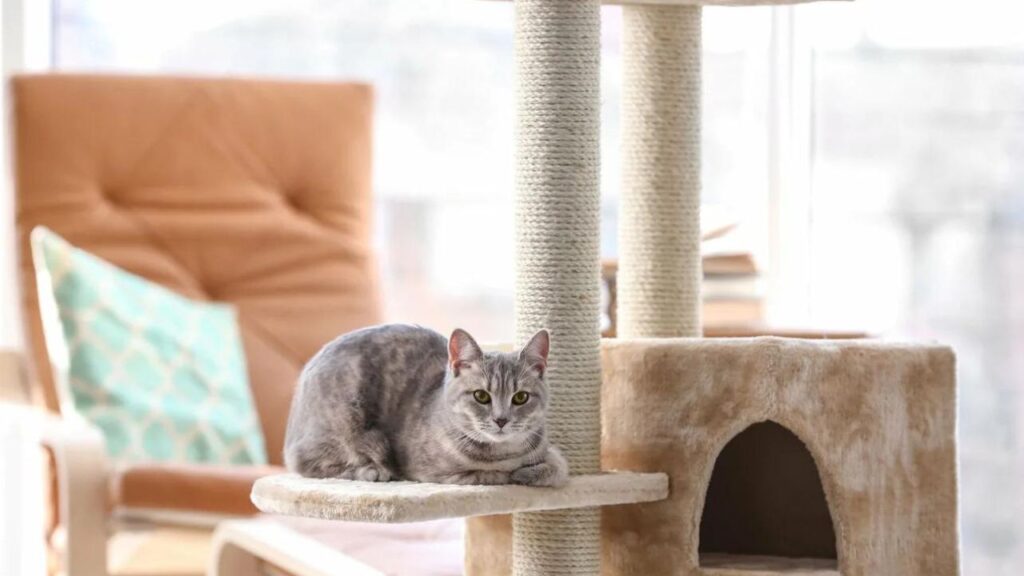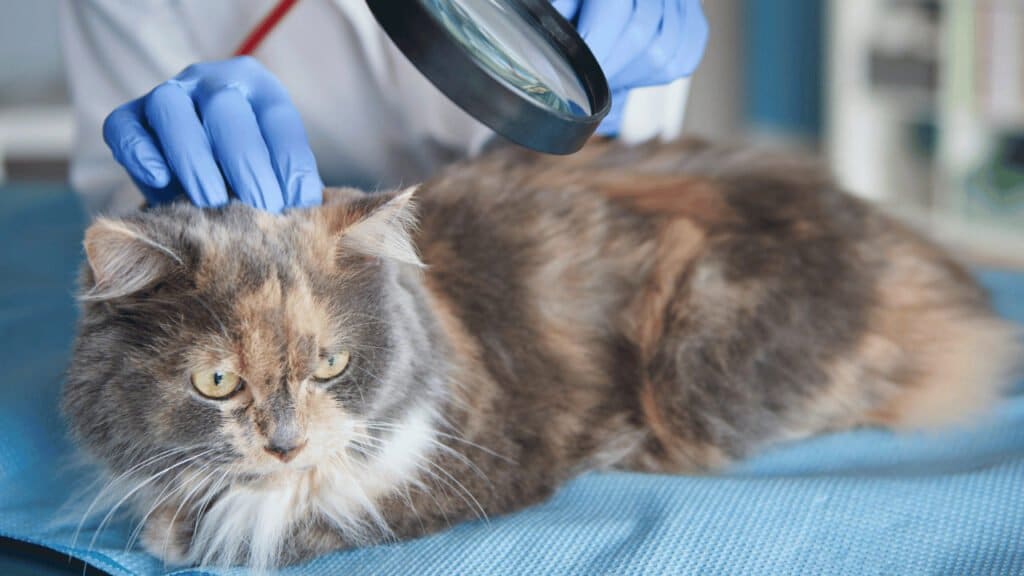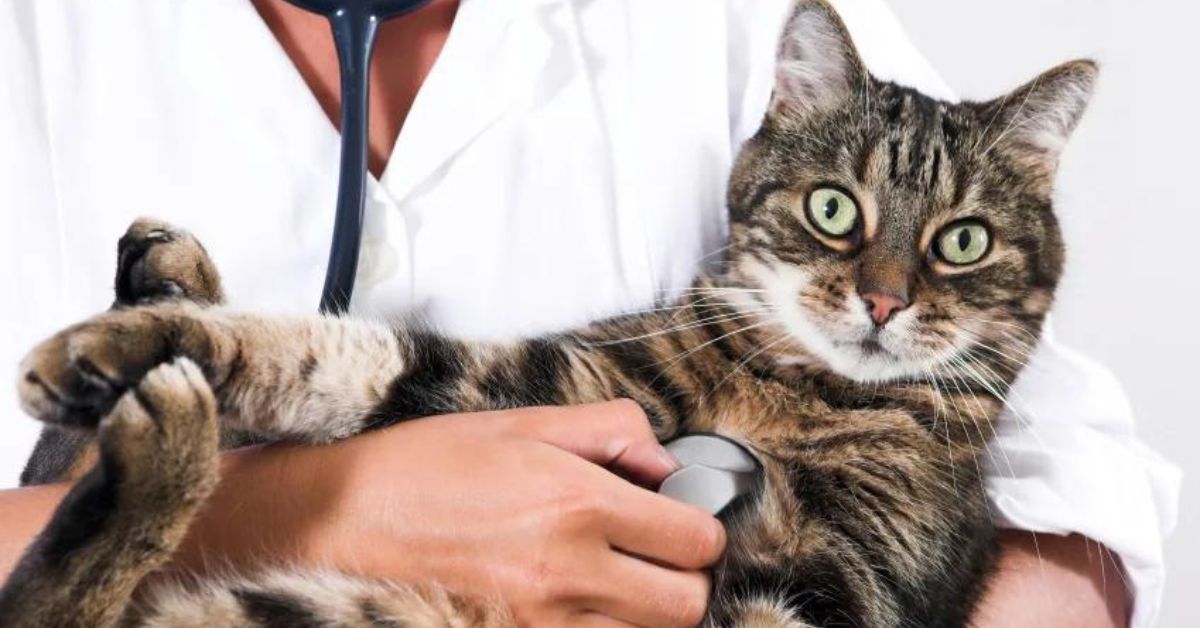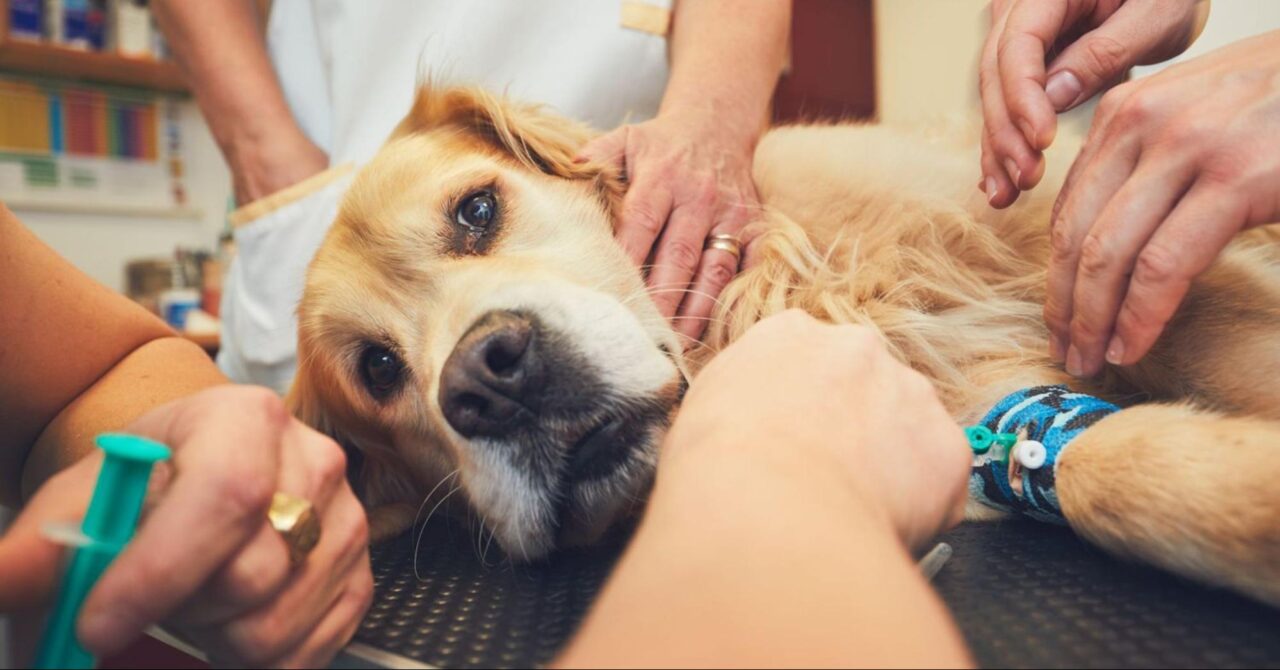Effective Strategies to Stop Your Cat’s Biting Habit
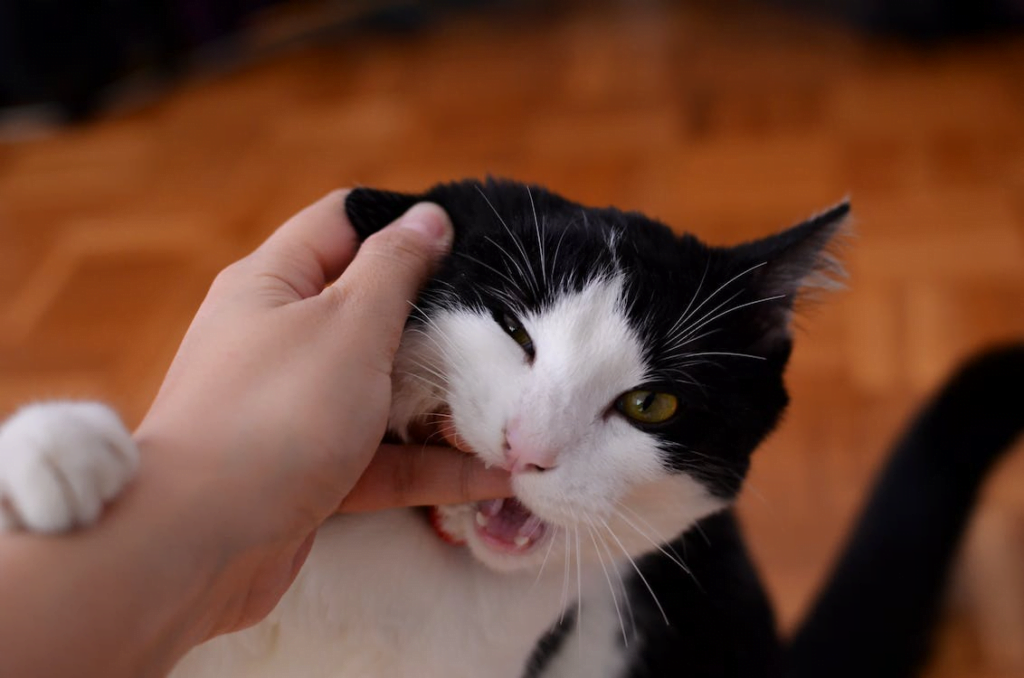
Effective Strategies: How to Get a Cat to Stop Biting and Maintain Harmony
Introduction:
Dealing with a biting cat can be quite a challenge for any pet owner. Whether it’s playful nips or aggressive bites, understanding why your feline friend behaves this way is crucial to finding effective solutions. In this guide, we’ll explore common reasons behind cat biting behavior and provide practical tips on how to stop your cat from biting and attacking you.
Understanding Cat Biting Behavior:
Before diving into solutions, it’s essential to understand why your cat may be exhibiting biting behavior. Cats can bite for various reasons, including play, fear, aggression, or overstimulation. Additionally, some cats may resort to biting as a form of communication or to assert dominance. Identifying the underlying cause will help tailor your approach to effectively address the issue.
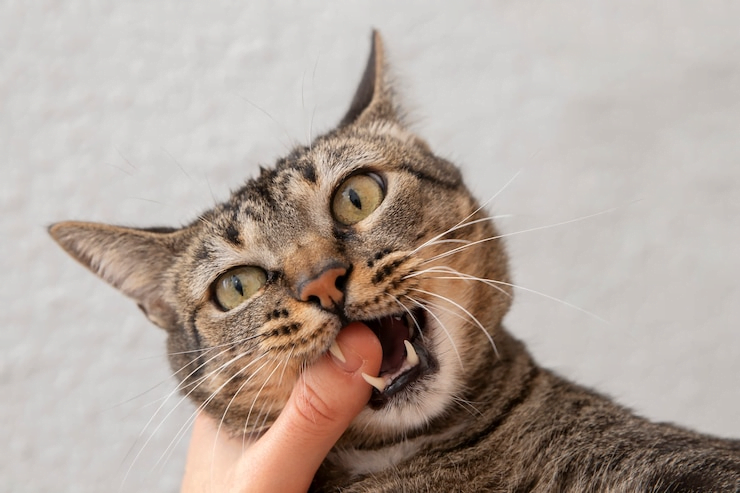
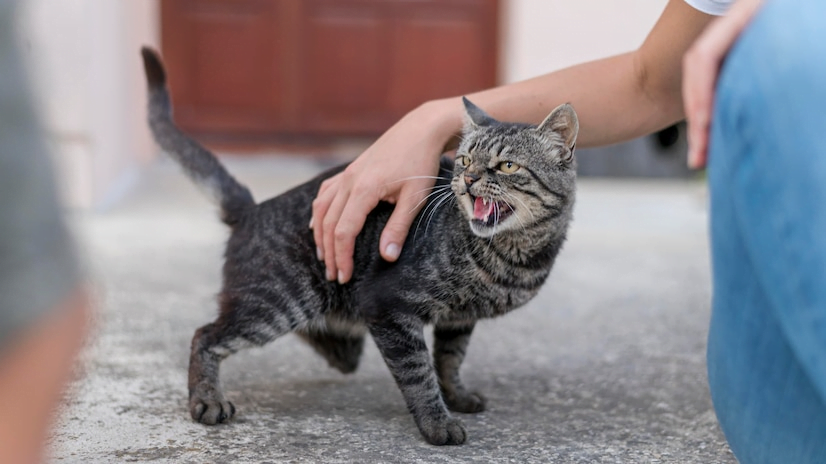
Strategies to Stop Cat Biting:
- Positive Reinforcement: Encourage desirable behavior by rewarding your cat with treats or praise when they refrain from biting. Positive reinforcement helps reinforce good behavior and creates a stronger bond between you and your pet.
- Redirecting Attention: When you notice your cat exhibiting biting behavior, redirect their focus to a more appropriate outlet, such as interactive toys or scratching posts. Engaging your cat in alternative activities can help satisfy their natural instincts and prevent boredom-induced biting.
- Gentle Discipline: Avoid harsh punishment as it can escalate aggression and erode trust between you and your cat. Instead, use gentle discipline techniques such as a firm “no” or a gentle tap on the nose to discourage biting behavior.
- Playtime Boundaries: Set boundaries during playtime to prevent overstimulation, which can lead to biting. Monitor your cat’s body language for signs of agitation or frustration, and take breaks when necessary to prevent escalating behavior.
- Consistency is Key: Be consistent in your approach to addressing biting behavior. Reinforce rules consistently and ensure all household members are on the same page to avoid confusion.
Addressing Specific Biting Scenarios:
- Why does my feline companion unexpectedly indulge in gentle nibbles? Cats may exhibit gentle biting as a form of affection or communication. However, if it becomes excessive or uncomfortable, implement the strategies mentioned above to redirect this behavior.
- How to Stop Male Cat from Biting: Apply the same techniques outlined above, tailored to address your male cat’s specific behavior patterns and triggers.
- How to Get My Cat to Stop Biting Me at Night: Establish a calming bedtime routine and provide ample opportunities for play and exercise during the day to tire out your cat before bedtime. Additionally, discourage biting behavior using positive reinforcement techniques.
- How to Stop Cat from Biting Feet: Keep your feet covered and avoid dangling them as tempting targets for your cat. Provide appropriate outlets for your cat’s energy, such as interactive toys, to redirect their focus away from your feet.
Reasons Behind Biting
Playful Behavior
One of the primary reasons cats bite is simply because they’re playing. Kittens, in particular, learn valuable hunting and social skills through play, which may involve biting. However, it’s essential to teach them appropriate boundaries.
Overstimulation
Cats, like humans, have their limits when it comes to interaction. Overstimulation can lead to biting as a way for the cat to communicate that they’ve had enough. Learning to recognize signs of overstimulation can prevent bites.
Fear or Anxiety
In some cases, cats may resort to biting when they feel threatened or anxious. Understanding your cat’s triggers and providing a safe, comfortable environment can help reduce their stress levels and decrease biting behavior.
Training Techniques
Positive Reinforcement
Using positive reinforcement techniques, such as treats and praise, can encourage desirable behavior in cats. Rewarding them when they exhibit non-biting behavior reinforces the idea that biting is not acceptable.

Redirecting Attention
When you notice your cat getting ready to bite, redirect their attention to a more appropriate activity, such as playing with a toy or engaging in interactive play. This helps to distract them from biting and reinforces positive behaviors.
Discouraging Rough Play
Avoid engaging in rough play with your cat, as this can encourage biting and aggressive behavior. Instead, opt for gentle interactions and avoid using your hands or feet as toys.
Socialization and Handling
Proper Socialization
Exposing your cat to various people, animals, and environments from a young age can help them feel more comfortable and confident in different situations. Well-socialized cats are less likely to resort to biting out of fear or anxiety.
Respect Personal Space
Always respect your cat’s personal space and avoid forcing them into uncomfortable situations. Pay attention to their body language, and give them space when needed to prevent feelings of stress or aggression.
Creating a Safe Environment
Provide Appropriate Toys
Offering a variety of toys for your cat to play with can help satisfy their natural hunting instincts and provide an outlet for excess energy. Interactive toys, such as wand toys and puzzle feeders, can keep them mentally stimulated and less likely to resort to biting out of boredom.
Cat-Proof Your Home
Remove potential hazards from your home that may trigger biting behavior, such as toxic plants, electrical cords, and small objects that could be swallowed. Creating a safe environment reduces the likelihood of accidents and decreases stress levels for your cat.
Health Considerations
Regular Vet Check-Ups
Schedule regular check-ups with your veterinarian to ensure your cat’s overall health and well-being. Dental issues, in particular, can contribute to biting behavior, so maintaining good oral hygiene is essential.
Dental Health
Provide your cat with appropriate dental care, such as regular brushing and dental treats, to prevent dental problems that could lead to discomfort or pain. Addressing dental issues promptly can help alleviate any biting behavior associated with oral discomfort.
Conclusion:
By understanding the reasons behind your cat’s biting behavior and implementing proactive strategies, you can effectively curb this unwanted habit and foster a harmonious relationship with your feline companion. Remember to remain patient and consistent, and always prioritize positive reinforcement over punishment. With time and dedication, you’ll be able to enjoy a bite-free bond with your beloved cat.
Latest post
FAQs
Why does my cat only bite me and not others?
Cats may bite their owners for various reasons, including overstimulation, fear, or seeking attention. It’s essential to observe their behavior and address any underlying issues.
Is it normal for kittens to bite a lot?
Yes, biting is a natural behavior for kittens as they learn valuable hunting and social skills through play. However, it’s essential to teach them appropriate boundaries to prevent excessive biting as they grow older.
Can I train an older cat to stop biting?
While it may take more time and patience, older cats can still be trained to modify their behavior. Consistent positive reinforcement and redirection techniques can help encourage non-biting behavior.
Should I punish my cat for biting?
Punishment is not recommended when addressing biting behavior in cats. Instead, focus on positive reinforcement and redirecting their attention to more appropriate activities.


